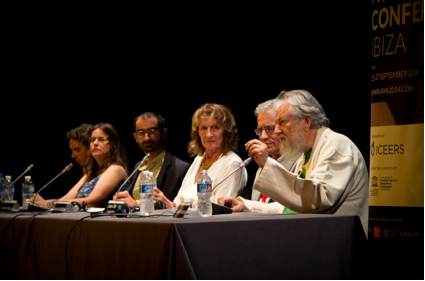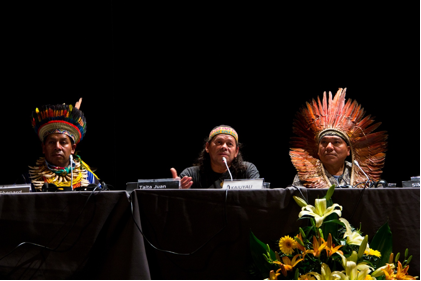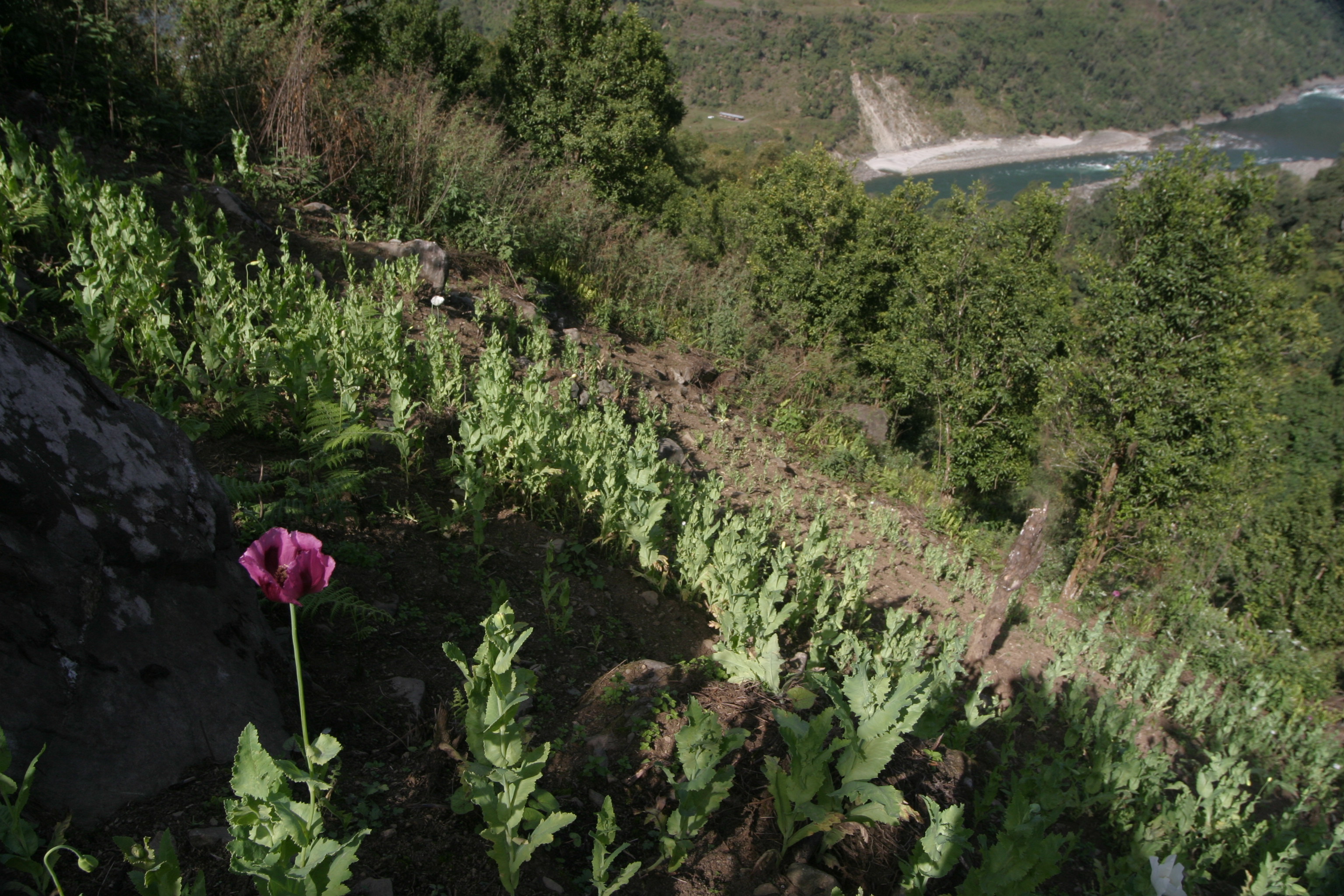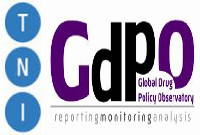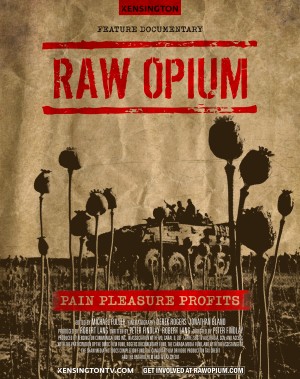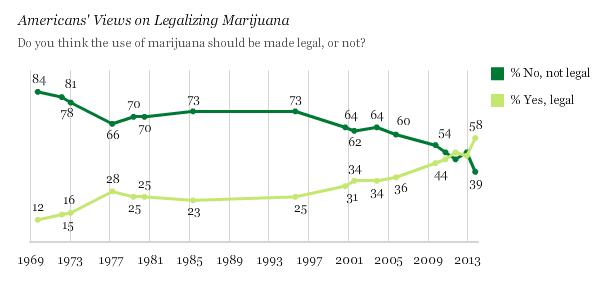This blog was first posted here
The UN Commission considers to bring ketamine under the control of the 1971 Convention on Psychotropic Substances contrary to WHO recommendations
 The 58th Session of the UN Commission on Narcotic Drugs (CND) in March 2015 has been asked to consider a Chinese proposal to place ketamine – an essential medicine used for anaesthesia – in Schedule I of the 1971 Convention (E/CN.7/2015/7 and E/CN.7/2015/81). Ketamine is the only available anaesthetic for essential surgery in most rural areas of developing countries, home to more than 2 billion of the world’s people. Scheduling ketamine under any of the 1971 treaty schedules will reduce its availability and further deepen the already acute crisis of global surgery.
The 58th Session of the UN Commission on Narcotic Drugs (CND) in March 2015 has been asked to consider a Chinese proposal to place ketamine – an essential medicine used for anaesthesia – in Schedule I of the 1971 Convention (E/CN.7/2015/7 and E/CN.7/2015/81). Ketamine is the only available anaesthetic for essential surgery in most rural areas of developing countries, home to more than 2 billion of the world’s people. Scheduling ketamine under any of the 1971 treaty schedules will reduce its availability and further deepen the already acute crisis of global surgery.
The WHO has strongly and repeatedly recommended against international control, warning it would constitute a public health crisis in countries where no alternatives are available. The CND is taking place in Vienna on 9-17 March 2015.
> See also: Fact Sheet on the Proposal to Discuss International Scheduling of Ketamine at the 58th CND
On the UNODC website, in the CND section, appears a page under the title “Scheduling procedures” containing incomplete – and therefore misleading – information with regard to the options available to the CND in the case of a decision on ketamine. It says that the Commission “may decide – contrary to a recommendation of WHO – to add a substance to a schedule of the 1971 Convention or refuse to do so, to add a substance to a different schedule than recommended, or to remove a substance from the schedule in which it is listed or refuse to do so. However, the CND has to take into account the assessment from the WHO, which shall be determinative as to medical and scientific matters, and to bear in mind the economic, social, legal, administrative and other factors communicated to it by the Parties.”[1]
The footnote to the paragraph references the Commentary on the 1971 Convention [2], which indeed talks about the Commission’s “very wide discretionary powers” but it adds that this “does not mean that it may act arbitrarily”. [3] The key procedural question on the table in the case of ketamine is whether the CND “may decide – contrary to a recommendation of WHO – to add a substance to a schedule of the 1971 Convention”, a correct direct quote from the Commentary. [4] However, the Commentary also specifies that “there are cases in which the Commission would be bound to act in accordance with recommendations of WHO”, cases that unequivocally apply to the current case of ketamine:

The WHO Expert Committee in its latest review clearly established that “ketamine abuse currently does not appear to pose a sufficient public-health risk of global scale to warrant scheduling. Consequently, the Committee recommended that ketamine not be placed under international control at this time.” [5] According to the Commentary quote above, that means that “the Commission would not be authorized to place it under control.”
Moreover, the Commentary also mentions specific restrictions on the CND to decide about adding substances to Schedule I:

Again, the WHO Expert Committee is very clear on that issue:
“Ketamine is included in the WHO Model List of essential medicines and the WHO Model List of essential medicines for children as well as in many national lists of essential medicines. Ketamine has analgesic, hypnotic and short-term memory loss (amnesic) effects and is useful for induction of anaesthesia, procedural sedation and analgesia. Compelling evidence was presented about the prominent place of ketamine as an anaesthetic in developing countries and crisis situations. The ease of parenteral administration gives ketamine a major advantage when anaesthetic gases are impossible to use owing to limited equipment and a lack of appropriately trained specialists.”[6]
According to the Commentary quote above, this means that the CND cannot decide to place ketamine in Schedule I. This renders the Chinese proposal to include ketamine in Schedule I invalid under the terms of the treaty, thereby ruling out the option of calling for a vote on the proposal. Also the note prepared by the Secretariat on “Changes in the scope of control of substances”, is confusing and misleading. After describing the Chinese proposal, under the heading “Action to be taken by the Commission on Narcotic Drugs” the note explains the voting procedure specifying that a decision requires a two-thirds majority, concluding:
“The Commission should therefore decide whether it wishes to place ketamine under Schedule I of the 1971 Convention or, if not, what other action, if any, might be required.”[7]
The Secretariat does not point out the obvious contradiction with the WHO recommendation (which is only included in the note as an annex) and the procedural limitations the WHO conclusion places on the nature of the decision the CND can make. Instead, the issue is presented under the title “Consideration of a notification from China concerning the proposed recommendation for international control of ketamine under the Convention on Psychotropic Substances of 1971” and the note implies that the normal action to take would be to call for a vote. The WHO recommendation not to place ketamine under international control is only included as an annex.
Conclusion
Both the UNODC website text and the note by the secretariat give the misleading impression that the CND has full discretion to decide against the WHO recommendation and that the procedurally normal course of action would be for CND Member States to vote on the Chinese proposal. Under the terms of the 1971 Convention, as clearly explained in the Commentary, neither is correct. While the CND does have more discretionary powers in scheduling decisions under the 1971 Convention compared to the 1961 Single Convention, there are clearly established restrictions how far a CND decision can deviate from the WHO recommendations. Those restrictions fully apply in the case of ketamine and exclude the option for the CND to place ketamine under international control. The WHO review outcomes have rendered the Chinese proposal for scheduling invalid under the terms of the 1971 Convention.
The importance of following the proper procedure of scheduling in the international drug control system goes much further than the urgency right now to prevent the public health disaster that would be triggered by scheduling ketamine. Allowing this procedure to proceed unquestioned would set a dangerous precedent for scheduling other substances such astramadol and khat in the future in a similar way bypassing WHO advice. It would once again marginalize the role of the WHO in the UN drug control system and undermine the specific treaty mandate given to the WHO Expert Committee to provide an evidence base to scheduling decisions. It would be yet another example that the original treaty balance between assuring adequate access of controlled substances for medicinal purposes while preventing diversion and abuse, has been lost. It is also a good litmus test for the welcome but often vague discourse of shifting towards a health and human rights-based drug control approach. Keeping ketamine out of the treaty schedules is a good example of what taking that discourse serious means in practice.
[1] Scheduling procedures, UNODC web page (visited 8 February 2015), first paragraph 11 (there are two).
[2] Article 2(4)-2(6), 1971 Convention. See also the Commentary on the Convention on Psychotropic Substances , pp. 45-72.
[3] Paragraph 19, p. 70.
[4] Paragraph 20, p. 71.
[5] WHO Expert Committee on Drug Dependence: thirty-sixth report, WHO technical report series no. 991, 2015, p. 45.
[6] Ibidem.
[7] E/CN.7/2015/7, Changes in the scope of control of substances, Note by the Secretariat, p. 10.
